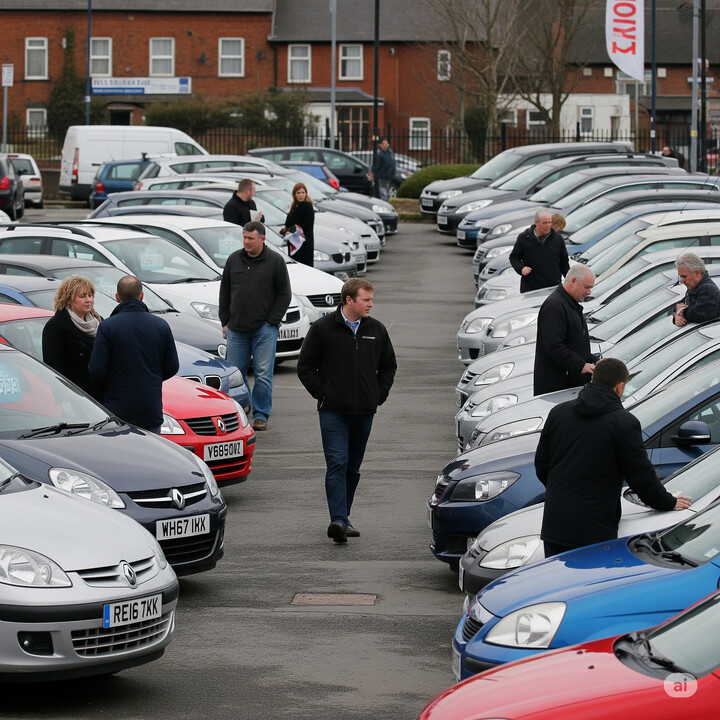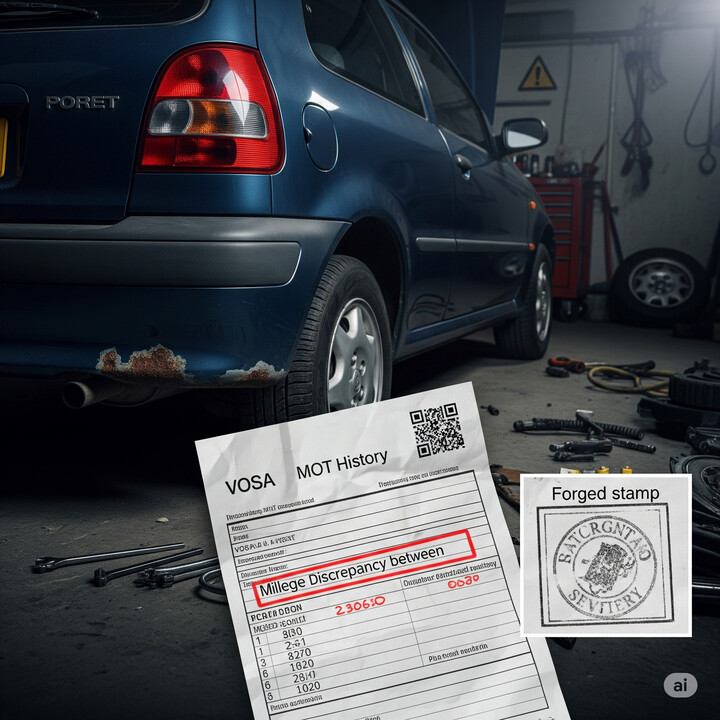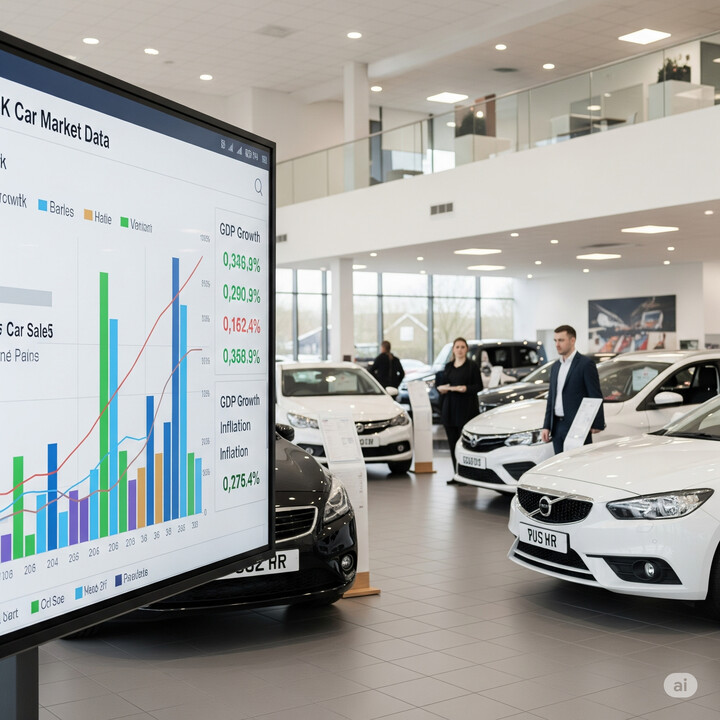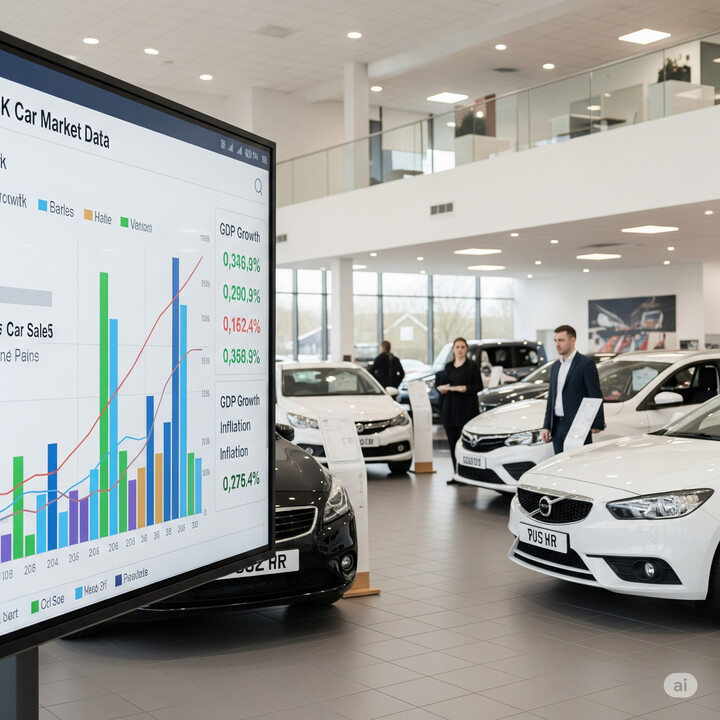
AUDI Q5 SPORTBACK (2020-25) 40 5DR SPORTBACK QUATTRO 2.0 TDI 204 DPFR SS EU6 VORSPRUNG STRON AUTO7
The AUDI Q5 SPORTBACK (2020-25) 40 5DR SPORTBACK QUATTRO 2.0 TDI 204 DPFR SS EU6 VORSPRUNG STRON AUTO7 is a stylish and versatile premium SUV that perfectly balances practicality with refinement. As a compact SUV with a sleek hatchback design, it offers a sporty yet sophisticated look, making it a popular choice for families, professionals, and those who want a comfortable vehicle for everyday driving. Known for its smooth driving experience and refined handling, this model is well-suited to city commutes, long road trips, and daily errands. With a reputation for reliability, the Q5 SPORTBACK stands out among rivals thanks to its premium interior, advanced features, and efficient diesel engine.
In the UK market, the AUDI Q5 SPORTBACK is renowned for blending luxury with practicality, offering a higher driving position, generous boot space, and a range of modern technology. The "Vorsprung" trim, in particular, adds notable features that enhance comfort and convenience. Compared to its competitors, the 2020-2025 Q5 SPORTBACK impresses with its balanced performance, premium build quality, and low running costs. Whether you're a first-time buyer or upgrading from an older model, the AUDI Q5 SPORTBACK (2020-25) 40 5DR SPORTBACK QUATTRO 2.0 TDI 204 DPFR SS EU6 VORSPRUNG STRON AUTO7 is worth considering for a blend of luxury, versatility, and driving confidence in the competitive SUV segment.

average use

Based on the most recent recorded mileages for the AUDI Q5 SPORTBACK (2020-25) 40 5DR SPORTBACK QUATTRO 2.0 TDI 204 DPFR SS EU6 VORSPRUNG STRON AUTO7, 100% of the vehicles in the sample have a mileage of 10,000 miles or less. This indicates that these vehicles are generally relatively low-mileage, which can be an attractive feature for potential buyers or owners, suggesting they may have been lightly used or relatively new.

vehicle values

The private sale valuations for the specified Audi Q5 Sportback (2020-25) model show a notable distribution, with four price ranges each representing 25% of the sample. These ranges are £39,000–£40,000, £56,000–£57,000, £58,000–£59,000, and £60,000–£61,000. Interestingly, the valuations are spread across both lower and higher price brackets, suggesting variability in market values. The data indicates a concentrated interest around these specific price points, which could reflect differences in vehicle condition, optional features, or seller pricing strategies within the private sale market.

production years

The data for the Audi Q5 Sportback (2020-25) indicates that a majority of the vehicles in this sample were manufactured between 2021 and 2023. Specifically, 50% were produced in 2021, while equally 25% each were made in 2022 and 2023. This suggests a relatively recent and evenly distributed manufacturing timeframe, with most vehicles being from the early to mid-2020s.

colour popularity

The data indicates that for the Audi Q5 Sportback (2020-25), the most common main paint colour is black, accounting for 50% of the sample. Grey and white are equally popular choices, representing 25% each. This suggests a strong preference among buyers or stock for darker or neutral tones, with black being the dominant colour choice for this vehicle model.

ownership cycle

The data indicates that for the Audi Q5 Sportback (2020-25) 40 5DR Sportback Quattro 2.0 TDI 204 DPFR SS EU6 Vorsprung Strong Auto7 model, the majority of vehicles have been registered with either one or two keepers, each accounting for 50% of the total. This suggests that the vehicle tends to be relatively stable in ownership, with no significant number of vehicles changing hands multiple times or remaining with a single owner for extended periods. It highlights a balanced pattern in ownership history for this model within the sample.

engine choices

The data indicates that all vehicles of the model 'AUDI Q5 SPORTBACK (2020-25) 40 5DR SPORTBACK QUATTRO 2.0 TDI 204 DPFR SS EU6 VORSPRUNG STRON AUTO7' analyzed are powered exclusively by diesel fuel. Additionally, each vehicle in the sample has an engine capacity of 1,968 cc (approximately 2.0 liters). This suggests a consistent specification across this model range, with no variations in engine size or fuel type within the dataset.












